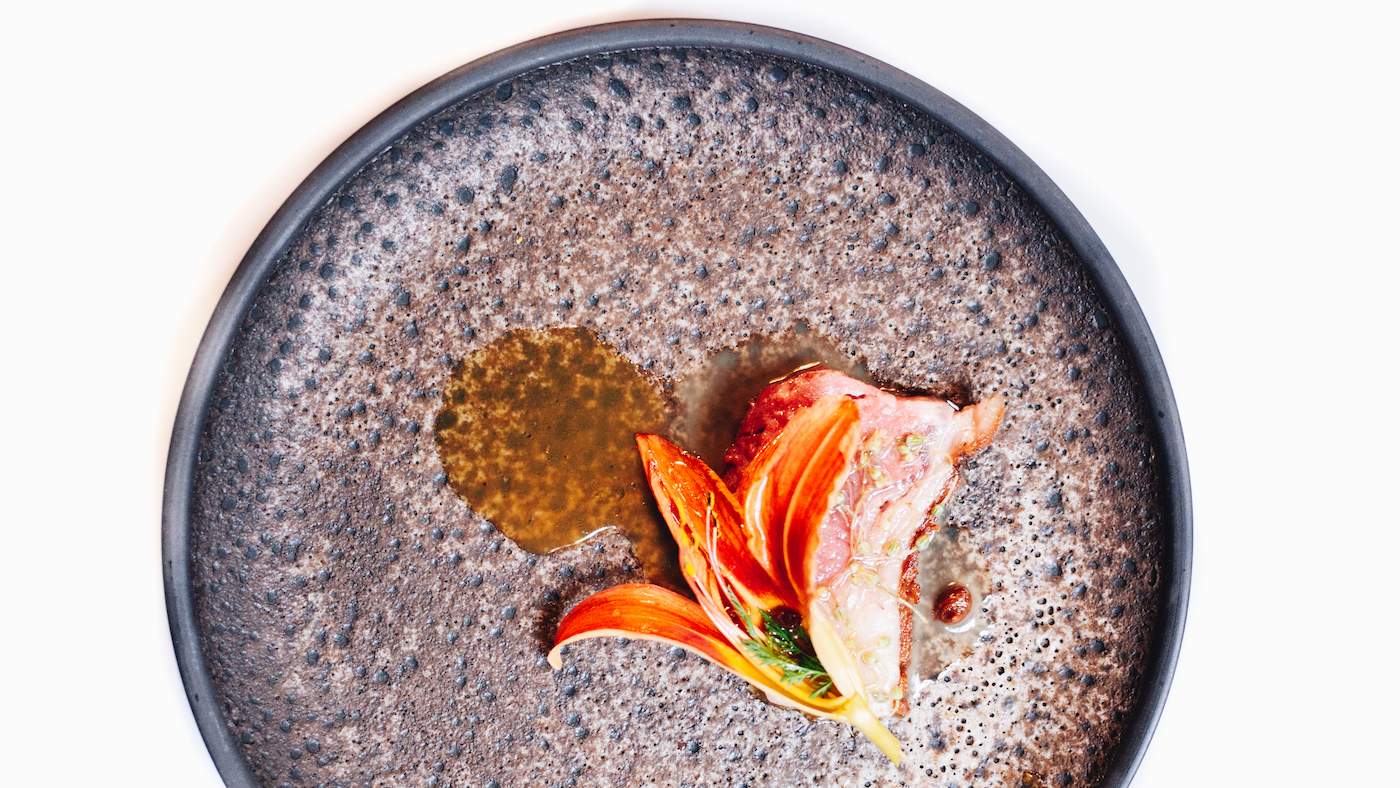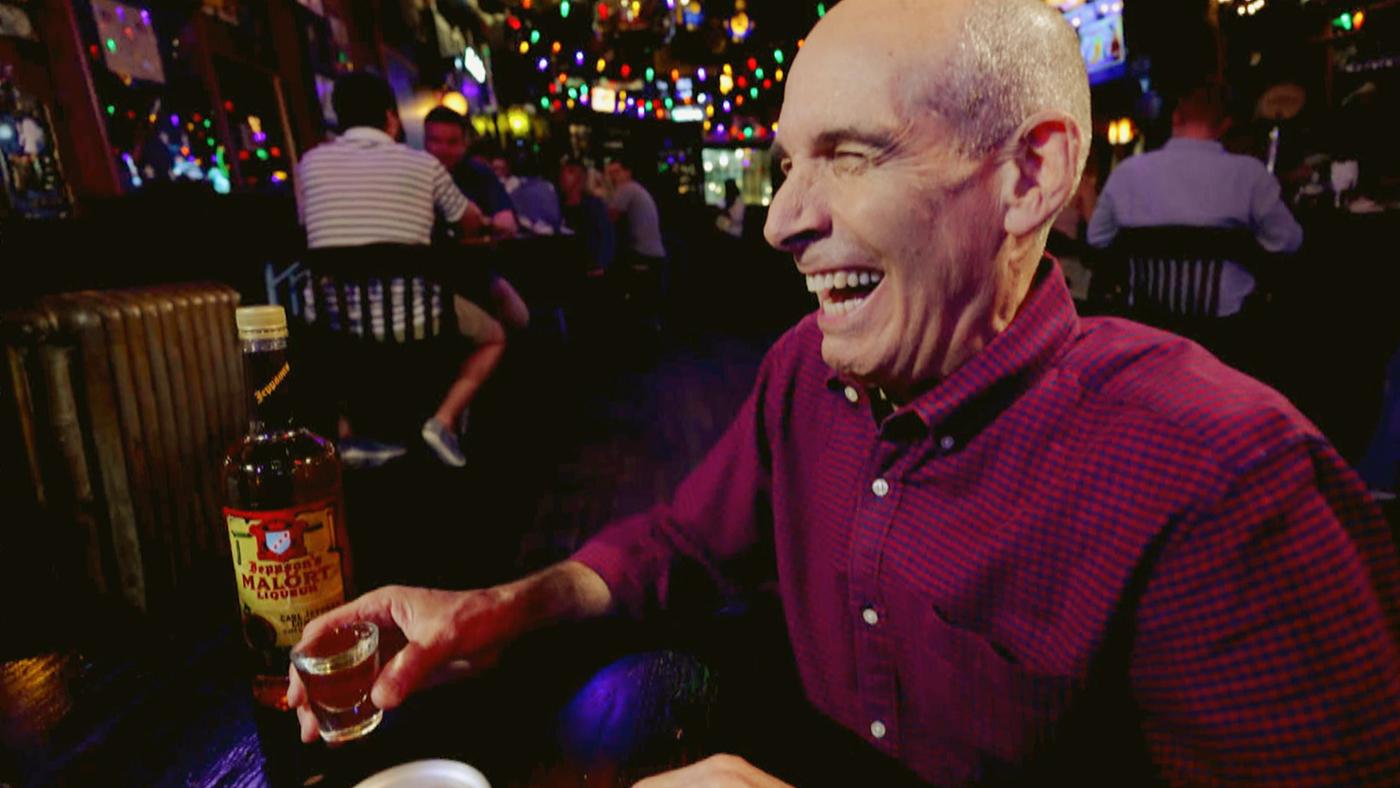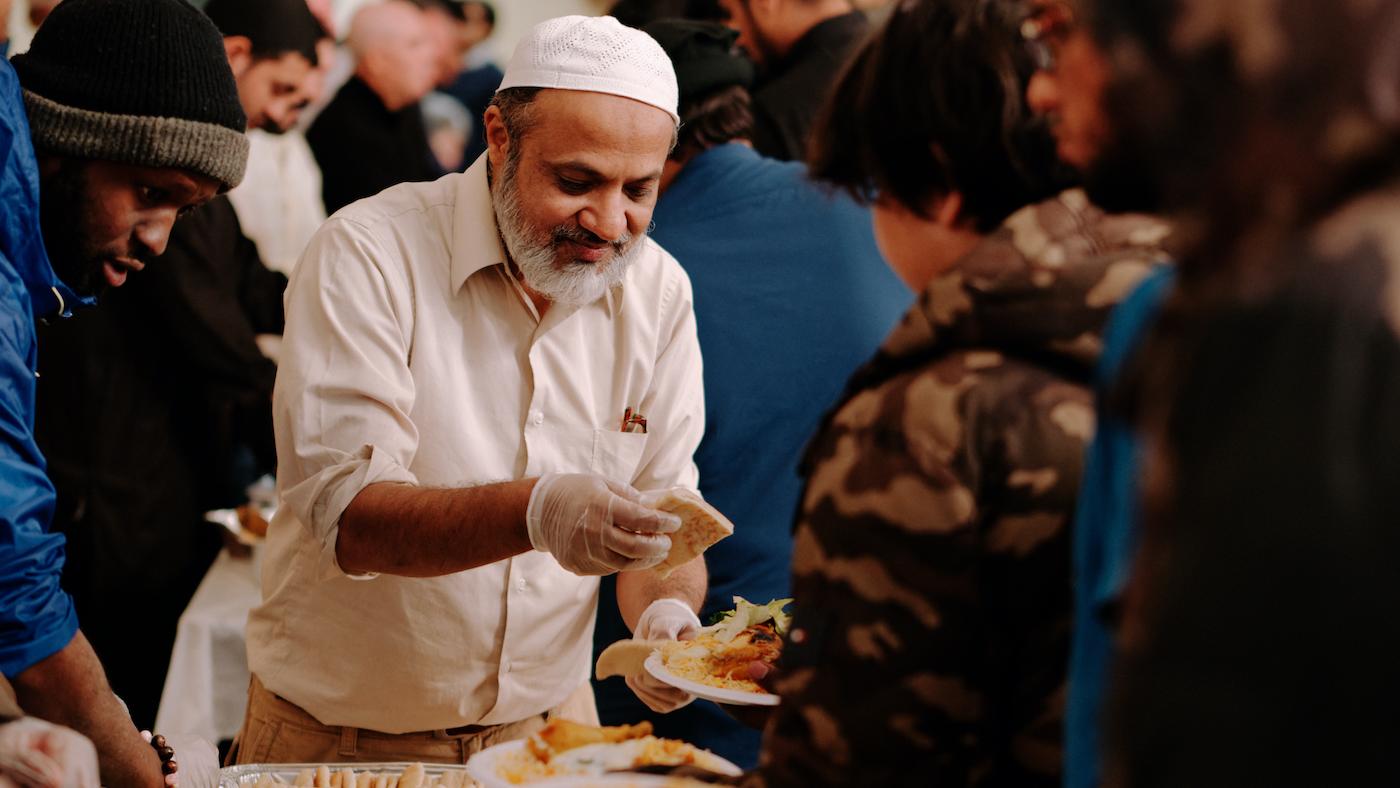What Does It Take to Get Three Michelin Stars – And How Do They Transform a Restaurant?
Daniel Hautzinger
March 6, 2024

Get more recipes, food news, and stories by signing up for our Deep Dish newsletter.
Only thirteen restaurants in the United States currently have the coveted distinction of three Michelin stars. Two of them are in Chicago: Alinea, which has kept the honor since Michelin first came to Chicago in 2010; and Smyth, which was awarded a third star in November after having two stars for five years.
“It’s like the Mount Everest of fine dining,” says John Shields, Smyth’s executive chef and co-owner with his wife, executive pastry chef Karen Urie Shields. “You just can’t really get higher than that.”
Twelve hundred reservations were made at Smyth overnight after the third star was announced, immediately filling the thirteen-table tasting menu restaurant from November through most of February, according to general manager and partner Christopher Gerber. Even The Loyalist, Smyth’s more casual sister restaurant, benefitted from the boom. To a certain class (and income level) of diners, seeing a six-petalled red star, much less three, on a restaurant’s website or in its lobby is an unbeatable mark of distinction.
Clearly, Michelin’s top honor is a big deal. But how does a restaurant get it?
“Three Michelin Stars is our highest award, given for the superlative cooking of chefs at the peak of their profession; their cooking is elevated to an art form and some of their dishes are destined to become classics,” a Michelin Guide inspector explained in 2022 on their website.
Inspectors are anonymous, full-time employees of Michelin who have a background in hospitality and the restaurant business. Restaurants don’t know who they are or when they visit. They travel to the different cities and regions around the world that have a Michelin Guide – in the United States that currently includes Atlanta, Chicago, California, Colorado, Florida, New York City, and Washington, D.C. – eating numerous times at restaurants that are in consideration as well as ones that already have stars to ensure that they are still deserving of their stars.
Michelin contends that the food – not decor, service, price point, or style of cuisine – is the only thing that affects their judgment, and that all restaurants are held to the same standard and calculus, no matter where they are. The guide originated in France, and French cuisine and technique are still favored, just as in the fine-dining world writ large: France has the most stars of any country or region, with only Japan coming anywhere close. (Obviously not every Michelin restaurant in France is French, but it still gives you a useful proxy.) Furthermore, a strong emphasis on ingredient quality and impressive technique tends to ensure a certain price point, although more casual, less break-the-bank places like Chicago’s Parachute or Dusek’s have also garnered a star in the past.
According to Michelin, there are “five universal criteria” that they look for in awarding stars: “the quality of the ingredients, the harmony of flavours, the mastery of techniques, the personality of the chef as expressed through their cuisine and, just as importantly, consistency both across the entire menu and over time.” Basically, no one outside of the inspectors really knows what makes a one-, two-, or three-star restaurant, and clearly there is a good deal of subjectivity mixed into an appraisal of ineffable qualities.
While the Smyth team did for the first time set a goal of getting a third star at the beginning of 2023, “it wasn’t really about getting three stars,” Gerber says. “It was really more about, let’s look towards something and put our trajectory that way, and let’s push collectively into that direction.”
The announced goal was more of a motivation tactic, Shields contends, to push the team to continually improve. Gerber, for one, didn’t think the restaurant would actually win the third star, even though he thought they deserved it: The space is a bit more casual and homey than other places with three stars. The goal didn’t actually entail many concrete changes, at least according to Gerber and Shields. The creative produce- and ocean-focused food remained essentially the same. They got new knives and altered some uniforms, and service became a bit more involved, with more tableside saucing.
But otherwise, “We really didn’t change a whole lot,” Shields says. “We tried to deeply refine what we did already and be more consistent – I think that was the biggest thing.”
Both Shields and Gerber have worked in numerous high-level places. They met while opening Alinea and were both at Charlie Trotter’s along with Karen Urie Shields, while Gerber did other work with the Alinea Group as well as at NoMI. In Shields’ guess, four things make a three-star restaurant: guest experience, consistency, delicious food, and a “voice of your own.”
In terms of what that last aspect means, “We’re true to ourselves,” he says of himself and his wife. “We cook with honesty.” That manifests not just in their cooking, he says, but also in their relationship with ingredient purveyors. “Of course it’s got to be good,” he says. “There’s nothing that passes through the door that isn’t the best product.
“But it doesn’t have to be from some [specific] place or the best of the best of the best,” he continues. “If you’re using it in a way that highlights what they do and has a connection and a personal relationship, that is the honesty and the level that we go for.”
Smyth opened in 2016 and was awarded its first Michelin star within months of opening, having garnered a visit from inspectors based on the Shields’ reputation – they ran an acclaimed restaurant in rural Virginia together and worked in revered kitchens in Chicago. Two stars followed the next year. Now, they are semifinalists for Outstanding Chef at the national James Beard Awards.
While the acclaim is welcome and hard-won, it also brings a certain amount of pressure. Three stars “transformed our business,” Gerber says. “It made a lot of things easier, and it made other things more difficult,” They hired more front of house staff, and Tuesday nights are now as busy as weekends – more nights on which to be consistent without ever having down time. “These are all great problems to have,” Gerber says.
They also have to wrestle with the expectations of what an international clientele expects of a three-star restaurant. “Value perception of guests is really important,” says Gerber. The Smyth team is rethinking some wine pairings and planning to bring back a non-alcoholic drink pairing. Gerber recalls responding to an email from a guest immediately after the announcement of the third star and wondering if his usual salutation of “Hi so-and-so” was now too casual. “Are they expecting more from a three-star restaurant?” he remembers thinking. “That was the question that we posited to ourselves over and over again those next couple weeks. What do people expect now that we’re three-star, and what should we hold on to because that’s what got us there?”
Shields, for one, revels in the pressure. He’s now aiming for something even more implausible than achieving three Michelin stars: “Our goal now is to get a fourth star.”
You can get a glimpse inside another restaurant with three Michelin stars in the Frederick Wiseman documentary Menus-Plaisirs – Les Troisgros, which airs on WTTW on Sunday, March 24 at 12:59 pm and is available to stream for a limited time.







